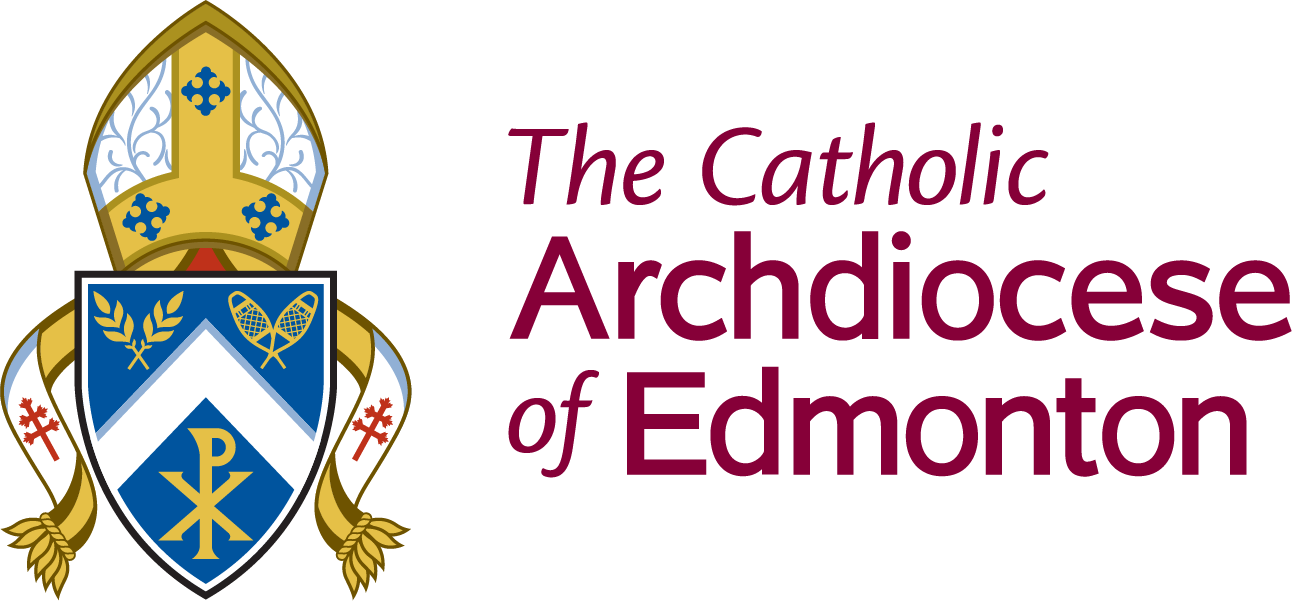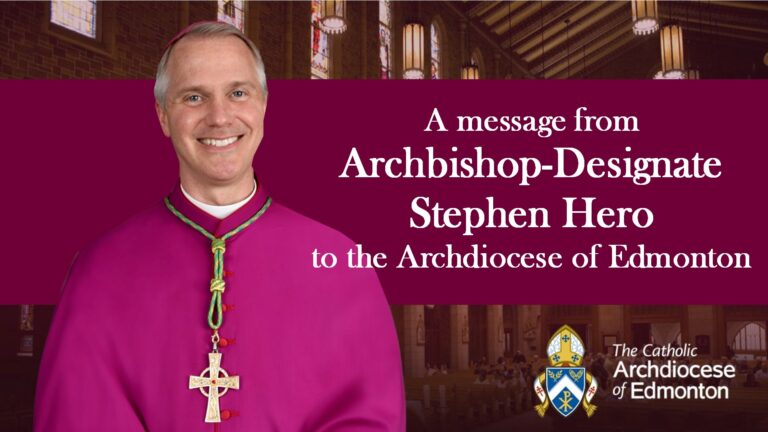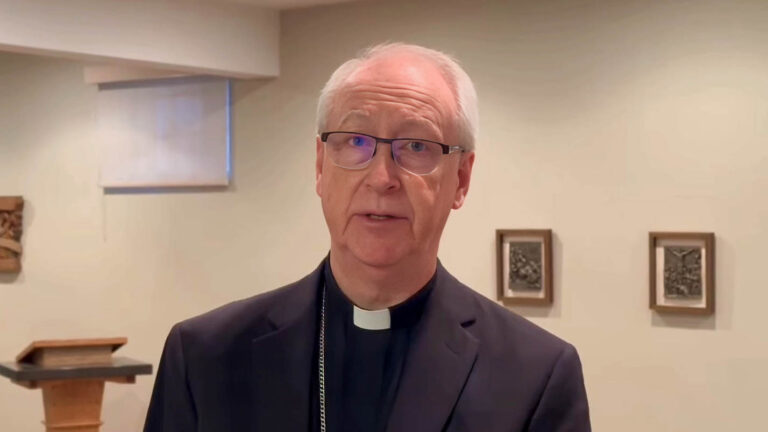Consecration of the New Church of Our Lady of Peace, Innisfail
2nd Sunday in the Octave of Easter – Divine Mercy Sunday
Homily
[Acts 4: 32-35; Psalm 118; 1John 5: 1-6; John 20: 19-31]
I would like to begin this homily by expressing my heartfelt thanks and congratulations to Fr Liju, to the pastoral council, and to all who were in any way involved in the building of this beautiful edifice in honour of Our Lady of Peace. This is very well done, and I expect you are all very pleased. It has been a long journey in difficult circumstances. Yet, undaunted, you all rose to the challenge. The result of your prayers, gifts, planning, and construction is this wonderful building, which in this mass will be formally consecrated to the worship of Almighty God.
On the parish website there are many “before and after” photos. “This is what the Church used to look like; this is how it is now.” In this “before and after,” we are not dealing with a minor change, some small alteration. We thought that’s what it would be when we started out; all we wanted to do was fix the roof! Yet we discovered the structure had seriously weakened over time, and then the fire made certain that we needed to create something entirely new.
Let’s think about this experience as we ponder the biblical texts for this mass. What they underscore is that every Christian life is a “before and after.” The changepoint is our encounter with Jesus the Risen Lord. Before Jesus steps into our lives, they are weak and in serious need of repair from years of presumed self-reliance, and the sins and failings that inevitably flow from that. The meeting with Jesus Christ is the beginning of an entirely new life, one marked not by minor change but by a newness that is radical, complete.
Consider the experience of the Apostles. The Gospel passage recounts their “before and after” experience. Following the Lord’s crucifixion and before he appears to them, we are told they are in a house with the doors locked. They are hiding, terrified of the Jewish authorities. Then Jesus appears to them, and we know the “after” that followed upon that encounter. All fear vanishes, and in the power of the Spirit bestowed upon them by Jesus they go about boldly proclaiming him.
Thomas wasn’t with them at the time, so he had to be led through his own “before and after” experience. His “before” was marked by profound doubt that what the others told him about Jesus was true. His “after” was the complete opposite; he bowed in worship, acclaiming Jesus as Lord and God.
The reason for the total change in the lives of the Apostles was the “before and after” they witnessed in Jesus himself. What was fresh in their minds was the “before” of his crucifixion and death. Now they meet Jesus alive and see for themselves that he has indeed risen. Decisive for them were the wounds. Notice how Jesus is very deliberate about showing the Apostles his hands and side, and even going so far with Thomas as to allow him to place his hand directly in the wounds. From this they knew that the same Jesus who died on the Cross is alive and with them now. This church we are in today is not the same as the old one. It is something entirely different. But from the evidence of the wounds the Apostles knew they were not meeting a different person in that Upper Room. It was the same Jesus, which demonstrated beyond any doubt that the Resurrection was real; Jesus had truly risen from the dead. That realization was the beginning of the “before and after” in their own lives. Knowing that Jesus had risen, everything changed for them: sadness gave way to joy, confusion yielded to understanding, and fear was transformed into boldness.
And everything changes for us, too. How does that happen in our own lives? Again, pondering our own experience with this building project can help us see the answer to that question. This new building happened because we knew something was wrong with the old one. The roof needed repair, the structures were rotting and there was a fire. Seeing that, we had to admit that something new was needed. In our own lives, there come moments when we realize things just aren’t right. The assumptions and achievements on which we had relied for support prove to be weak and unreliable; our sins and failings place our lives on burning platforms. A total change is necessary. That happens not through our own planning and ingenuity but only when we meet the Risen Lord, specifically when we encounter his mercy.
This is Divine Mercy Sunday. The encounter with God’s mercy is our changepoint. When in Jesus Christ we encounter his love, which reaches us as mercy, our unhappy “before” becomes a hopeful “after”. We do not encounter Jesus in the flesh as the Apostles did in the Upper Room; we meet him in the sacraments of the Church, and that encounter is no less real.
That meeting with Divine Mercy will happen here, in this new Church. As we now consecrate it to the worship of God, let’s pray that this will be for all who enter it the place where they meet God’s mercy and find their lives changed forever.
Most Reverend Richard W. Smith
Our Lady of Peace Parish
April 11th, 2021



